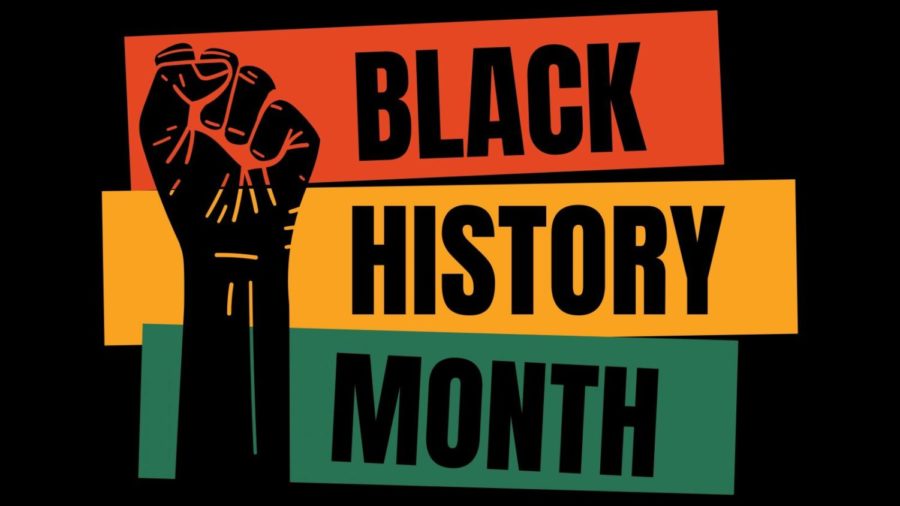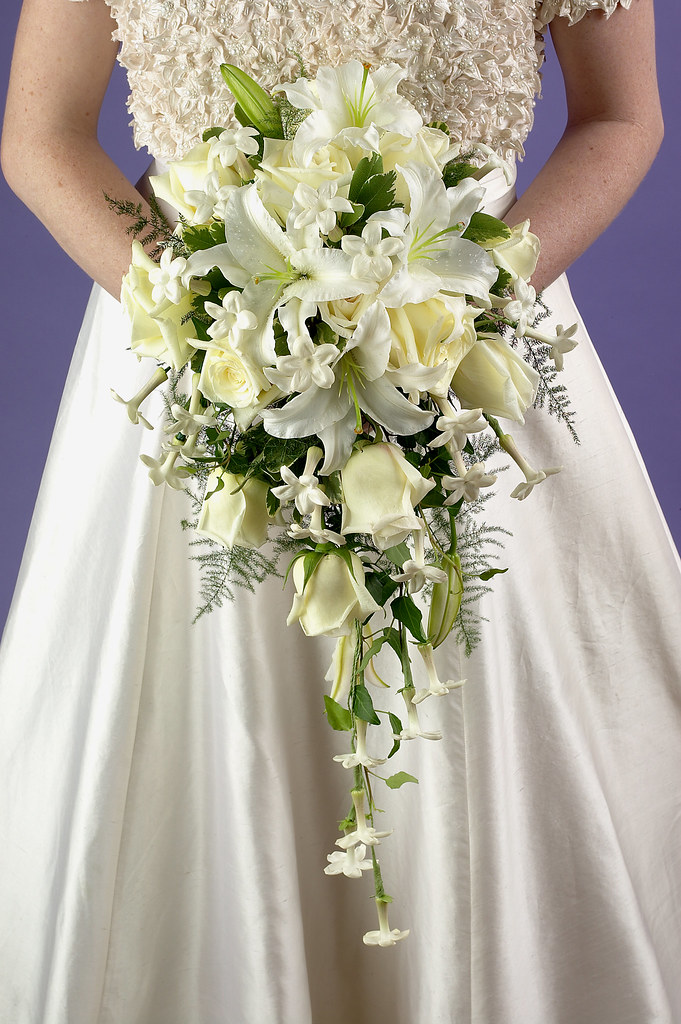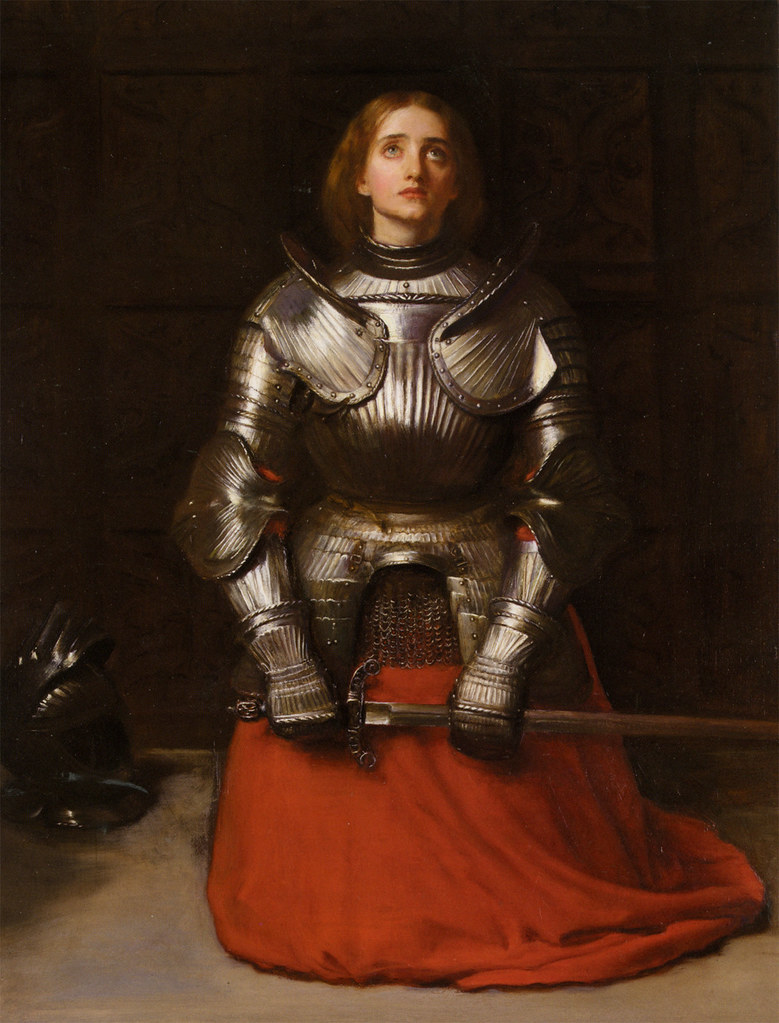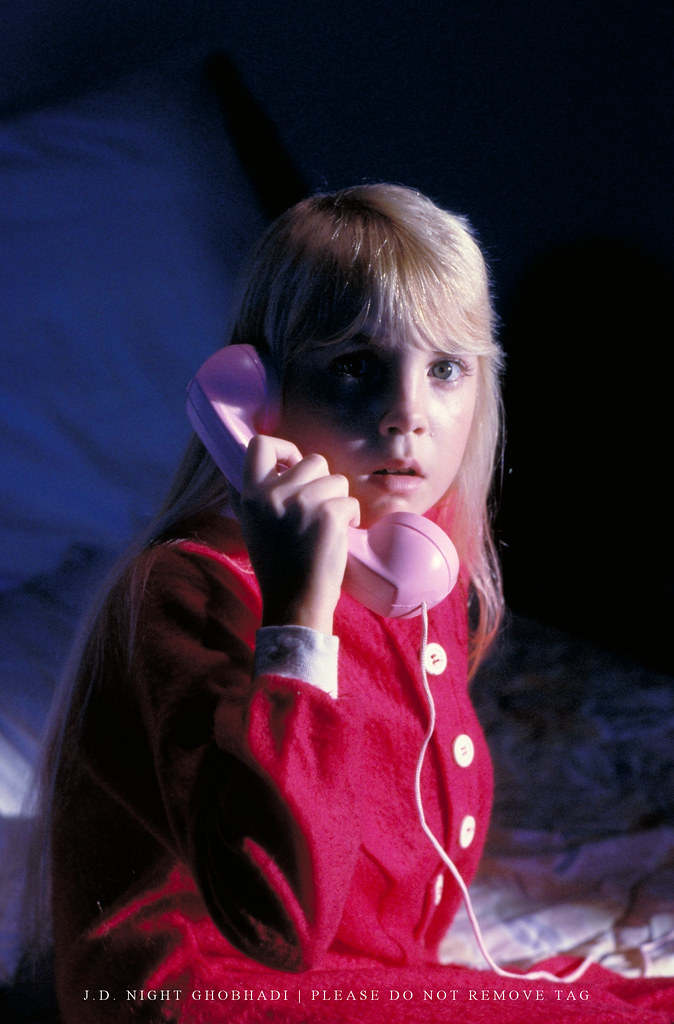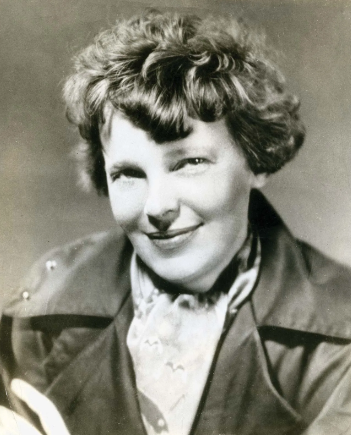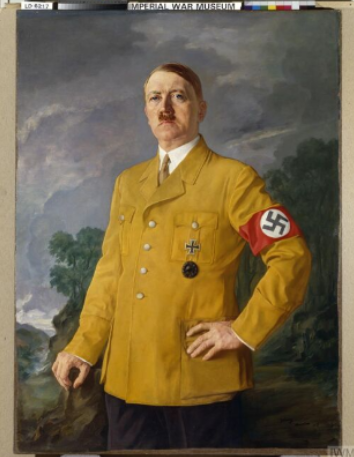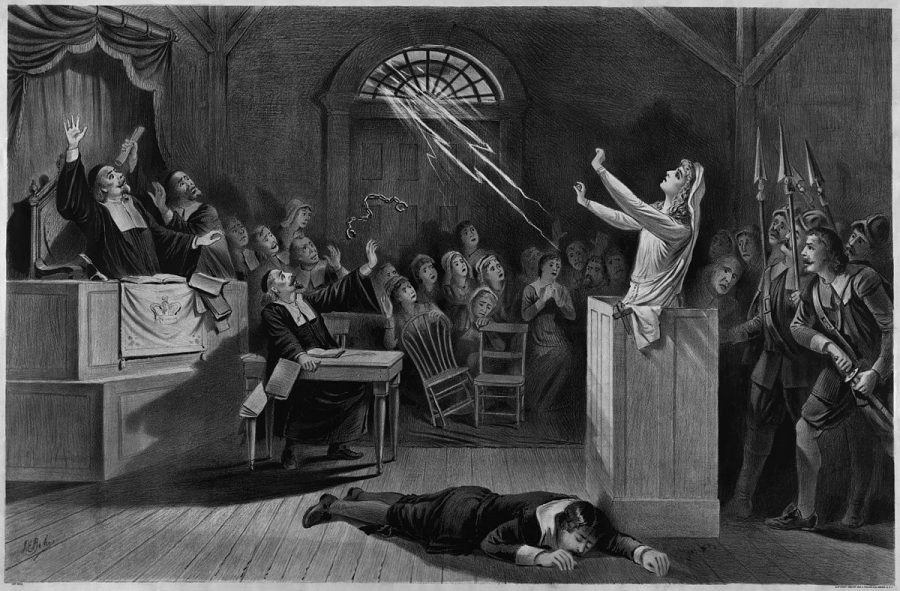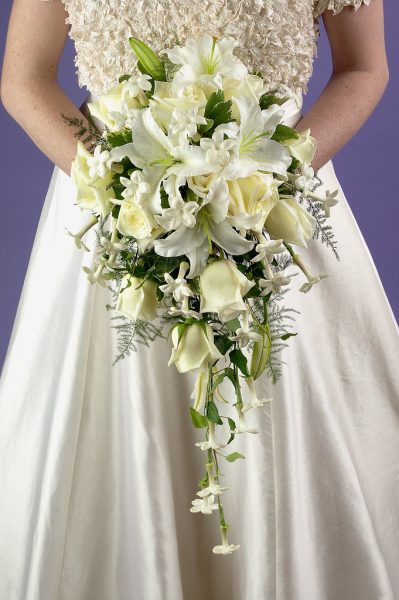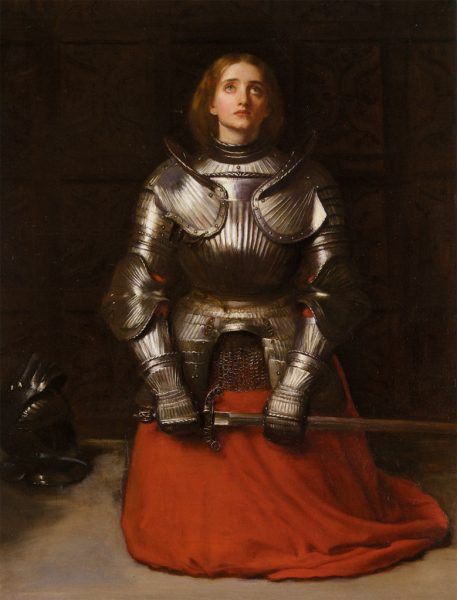Change Edition – Change of Our News
March 2, 2022
Our school was founded in 1907, and it wasn’t until 14 years later that the Monday Mourning Moan was born. In 1921, the first Forest Grove High School Newspaper was created. It was named the Monday Mourning Moan or the Mourning Moan, and it started off with five members: Donald Watrous, Delbert Haage, Charles Burlingham, Carl Brodersen, and Virgil Lilly.
There were 14 years in which Forest Grove High School lacked a newspaper. During these 14 years, the school lacked a student voice and student input on news in the community. Student newspapers are important because they give students an opportunity to express their freedom of speech and press, and to interpret the news through their views rather than through the views of the older generations. The newspaper was also a way to showcase school events and athletics, allowing for students to share and distribute the accomplishments of their peers.
A 1916 yearbook notes that “Forest Grove High School should have a regular paper,” and that “Such a paper would be a great power, inject more life and variety into the life of the school than any other single thing.” In 1916, we know Forest Grove lacked a school newspaper. When the Monday Mourning Moan was born in 1921, Forest Grove was taking a step in the right direction. As the paper was born, the student body was beginning to have an opportunity to bring that “life and variety” into their school. Despite the paper being a powerful tool now introduced, for years it still lacked that “variety” of voice. Going through the yearbooks, I noticed a common occurrence; the staff was commonly composed of white males. Multiple voices were lacking from the stories being written. Flipping through the yearbooks, though, you begin to see more and more diversity in the staff as time went on all the way to today where the majority of the staff is female.
The newspaper started out as an almost weekly single-page publication covering school events and other needed coverage. During this time, it was easier for the students to print out several single-paged newspapers and distribute them throughout the school. This meant that every week there was a sheet that was crammed with information regarding FGHS news and more widely spread news. With so little space and so much going on in history at this time, there would only be so much the student reporters would be able to cover. It wasn’t until 1925 that the paper was published in newspaper form, and that was in a large sheet format that was only 4 pages. Fast forward to 1936 when the large sheet format would be replaced by a smaller 8-page version. During this transition of formats, the newspaper would begin to be distributed closer to twice a month. With more pages, therefore more stories, it was able to become an all-encompassing paper.
In an excerpt from the 1928 yearbook, I was able to get a glimpse into the past. In 1928, the staff of the Mourning Moan grew to be twice its original size as it became a class rather than just a club. Most students started out as “green reporters,” but as the year progressed and with the help of the supervisor Miss. Graham, the students slowly gained a “nose for news.” In the late ‘20s and early ‘30s, there was quite a bit of social change. So, this time period would have been an excellent time to work through both reporting news and doing it in a respectful and tactful manner, which is exactly what Miss. Graham worked to have her students accomplish. I also was able to look at a couple of editions of the Mourning Moan produced throughout the 1920s. I found two newspapers, published in 1927 and 1929, that were labeled the “Goodbye Senior” Editions. These were produced towards the end of the school year and focused on recognizing the entire senior class. Both editions delve into the senior class, including having pictures of each student and their future plans. They are fascinating to look over; noting both humor and pieces of history within their pages. They include old advertisements along with small mentions of what is happening around the school at this time.
The Mourning Moan was put to rest and in 1941 the Viking Log was born. The Viking Log was the Forest Grove Newspaper for decades. It survived through part of a World War, the Vietnam War, the Civil Rights Movement, and many newspaper staff.
Speaking of history, not too long ago a letter was mailed to the high school. The letter was from a granddaughter of previous alumni of Forest Grove High School and with it was a 1944 edition of the Viking Log. As a history nerd, having a relic of the past of any time period would be incredible, but having a newspaper from the World War Two era is just jaw-dropping and though the newspaper is falling apart in some regards, the content is very relevant to the time. It includes interviews with student alumni who were serving in the war. There are two articles that first grab your attention that talk about past alumni. Capt. Robert M. Young is mentioned as he is being awarded the Distinguished Flying Cross while Capt. Hal N. Wineland is being honored for his service after being killed in action on the Leyte in the Philippine invasion in October. There was also an article pertaining to the birthdays of Forest Grove students, which began, as this was a winter edition, with “Did you know that there are seven students in school that were brought by Santa Claus instead of the stork?” They were multiple articles that were about advertising bonds. It was really interesting to look through and see the stories and features they highlighted at this time. However, it was nice to see the article about birthdays and some about activities and athletics, still being covered despite it being published during a war.
During the late ’80s, one of our own Forest Grove High School staff members was on the Viking Log for a couple of years (86-87 and 87-88), and that staff member was Doug Thompson. Thompson was the lead advertising manager and was in charge of photography. He mentioned in an interview that he recollects writing an article called, “‘Steelhead Thomps,’ a local fishing report. We had three teachers who were avid fishermen so most of the info was interviewing those three for reports.” He thoroughly enjoyed being a part of the newspaper team. I was excited to interview him and get a look into how the newspaper functioned in the late ‘80s compared to today. The newspaper staff while Thompson was on was around a dozen large with them distributing the paper around twice a month to the school. They focused on writing articles on athletics and activities with the occasional feature story. Thompson in his closing statement says, “besides participating in athletics, it was the best example of real-world experience of team, commitment, and responsibility I had in high school. We relied on one another and were very close.”
Not only was Thompson able to provide me with an inside look into the paper, but he also was able to get me in contact with his past newspaper advisor. Ms. Marilyn Bramwell was the Viking Log advisor for around 8 years during the early ’80s, and upon interviewing her I was amazed at the differences between now and then. “The paper needed new blood and it was our goal to make it relevant and readable,” is Ms. Marilyn Bramwell’s opening statement, which holds true to the long-term goal to make the paper full of “variety and life.” During our interview, she explained just how different the process of creating the paper was. The biggest difference was they used a light table in order to construct the paper and everything was mostly done by hand. They would type out their articles, Bramwell would edit them, and then she would take them to a printer in Hillsboro where they would turn into columns with wax on the back. This is where the light table comes into play, they would take the columns and paste them together in order to create the paper. At last, Bramwell would take those pages and return them to the printer to get the copies. All of this would happen within production week, where students would stay at the school as late as 10 pm, because back then nothing would be digitally shared and accessed from anywhere. Now I know the printing process is very interesting, but more interesting was that the students seldom focused on politics or controversial news, instead of focusing more on school events. This differs from today as the focus now is focusing on controversies, news, and the occasional school-related piece. She closed our interview by talking about one of the problems that would arise; she said at one point their “photographer got in a snit with the editor and held his photos hostage,” which ultimately stopped production. At the end though, what I took away from our interview was student news is always about the students and always should be as it is our way to express the news.
The Viking Log continued to produce until 2010 when controversy and scandal would strike the paper in the form of a confessions column. Due to some of the content previously produced, regarding sexual and otherwise inappropriate material, and the backlash that the Log received at the confessions column, it was decided the school paper would be put on hold for the remainder of the school year. The following couple of years, the Forest would take the Viking Log’s place under a new advisor. However, despite the Forest being the official school paper, the staff of the Viking Log would release one more publication as the Viking Log Underground. Unfortunately, for those curious about what was published in the 2010 scandal or in the final edition of the Log, the mystery will go unsolved, as there are no editions present from that time. As 2012 came around the corner, a new advisor took on the school paper and as a team, they decided to return to the Viking Log. Again this change would only last a few years until Ruby Van Dyke would revive the dying paper, and birth the Advocate, the name we are all familiar with today.
The history of anything is long and taxing, and the history of a school paper is in no way different. To have been in operation for over a century, through multiple wars, social movements, changing advisors, and a few scandals, the Forest Grove High School newspaper is an excellent place to delve into both its history and the use of its first amendment. School news will always be important, but it’s even more important to capture the full story with a variety of voices.











